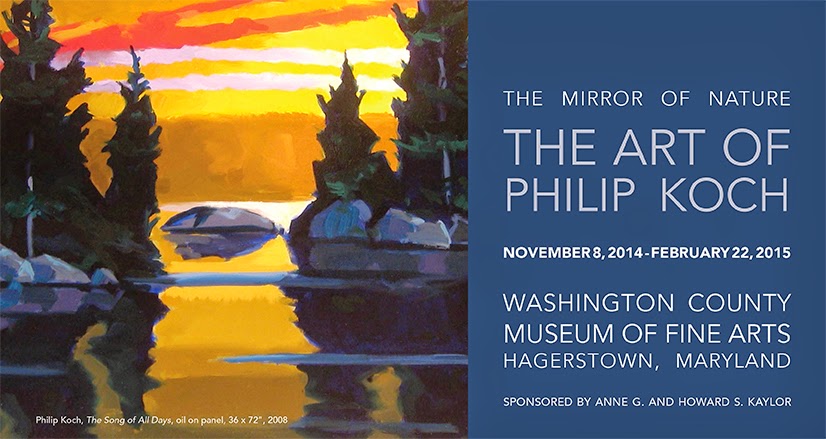How Did Edward Hopper Make a Watercolor? (Updated)
I was staying and working in the studio Edward Hopper designed and had built on Cape Cod in Truro, MA for my15th residency a week and a half ago. Above you can see Hopper's easel where for 30 years he produced many of his most famous paintings. The three windows look out from a great height over Cape Cod Bay. In a word: inspiring.
Hopper first gained wide acclaim through his watercolors. Most of them were done at a fairly large scale on cold press 140 lbs. watercolor paper (that's a medium weight subtly textured paper). To keep his watercolor paper from buckling as it became wet as he painted on it, Hopper would prepare the paper ahead of time by stretching. On the easel in the photo above is a piece of watercolor paper stretched by Hopper that is patiently waiting for him to return and paint on it.
Here's a close up of the front side of the prepared paper. Over the years it has sagged a little from its original smooth completely flat state.
Hopper first soaked his watercolor paper in water and carefully wrapped it over simple wooden stretcher bars (identical to the commercially produced stretcher bars painters use now). Today's artists would use a staple gun, but Hopper fastened his paper down with old fashioned thumb tacks all around the its four sides. Anyone who has dropped a dry sponge in water and seen it dramatically expand in size can visualize how Hopper's watercolor paper had swelled as he wet it.
As the paper dried it would shrink to a completely flat and drum-tight surface.
Hopper loved nothing better than working outdoors in direct sunlight which probably accounts for his ability to render a palpable intensity when he painted the highlighted areas in his paintings. But he disliked it when the light would shine though his only semi-opaque watercolor paper from the backside, throwing off his judgment of his darks and lights.
He solved the problem by tacking several pages of the sports section from an old edition of the New York Times. Previously I'd failed to find the date on the tattered newspapers. My friend Bonnie Clause, the author of Edward Hopper in Vermont, did some very resourceful research by entering phrases she saw in the photo into the NYTimes archives and established that the sports pages backing date from Sept. 19, 1948.
Here's my own French easel set up in the large painting room with Hopper's easel in the far corner.
Below is one of my vine charcoal drawings of Hopper's easel holding this stretched watercolor paper in the corner of the room. Normally I cover most of my drawings' surface with broad areas of shadowy tones. But I liked the simple rhythms of the shapes of the easel and Hopper's chair and decided to leave the piece as more a basic line drawing.
Here's a concluding picture of me going back to painting in oils. This is in the adjoining bedroom, with a view through the door at the left of Hopper's big painting room. (You can see the small oil on my easel in my previous blog post).
Upcoming:
A number of paintings, pastels, and vine charcoal drawings I've made in Hopper's studio will be included in The Mirror of Nature: The Art of Philip Koch at the Washington County Museum of Fine Arts in Hagerstown, MD Nov. 8, 2014 - Feb, 22, 2015.
Edward Hopper House Art Center in Nyack, NY (Hopper's childhood home) will show additional paintings I've made in Hopper's studio in their solo exhibit of my work Feb. 14 - April 12, 2015.











